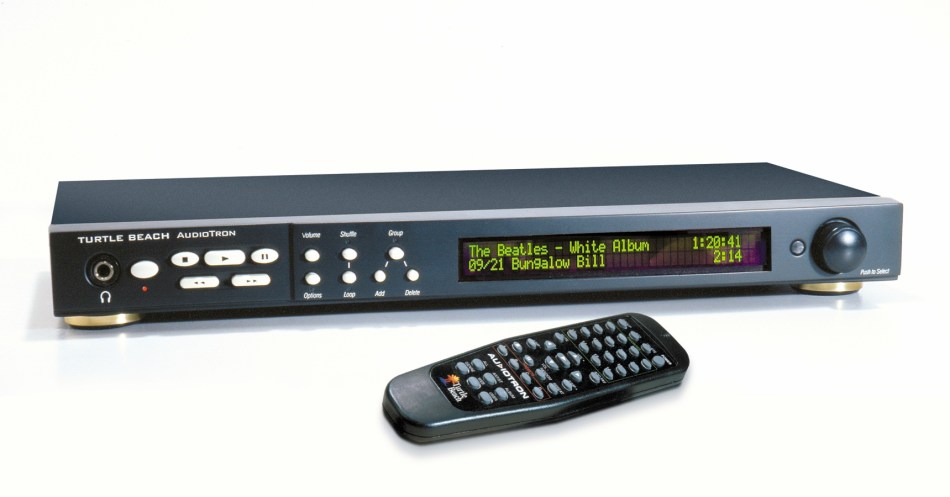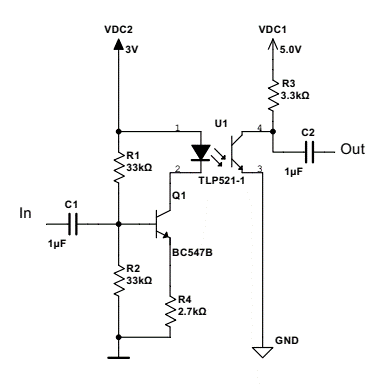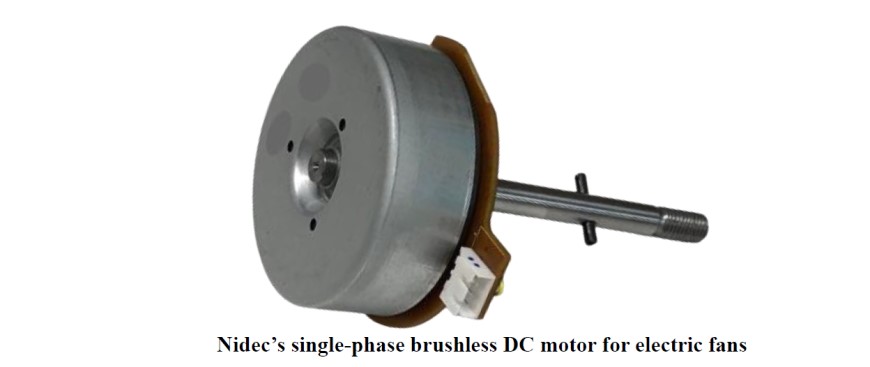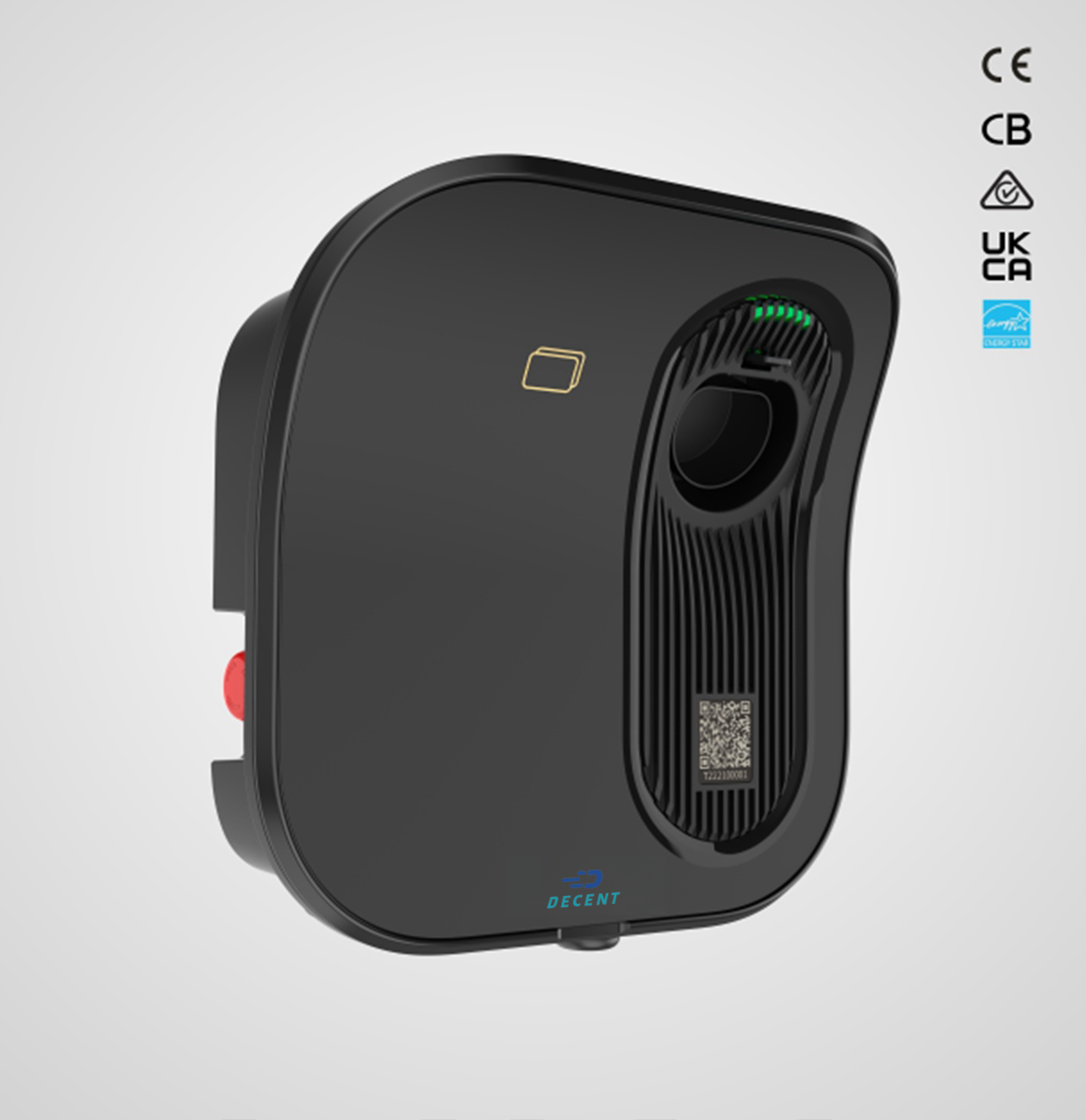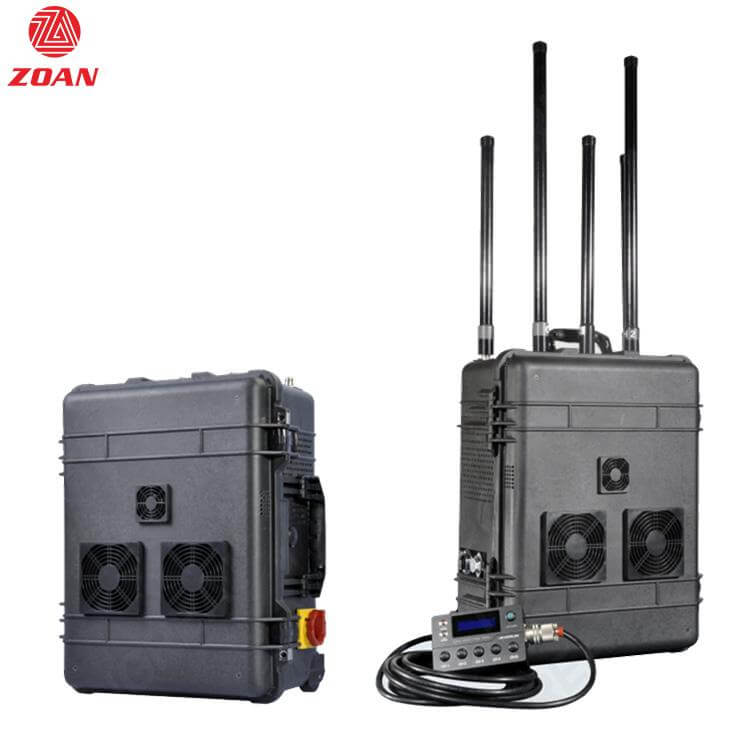
Hot resistance versus cold resistance
- Consumer
- 2023-09-23 22:51:48
Incandescent lamp filaments have ratios of hot resistance versus cold resistance that really startled me even though I thought I knew all about such things. It turns out I did not know “all about” and the consequences of my ignorance were very disquieting in terms of a potential fire hazard.
We have this chandelier over our dining room table which has been hanging there for thirty-five years and until recently, it worked without difficulty. Now and then, the 100-watt light bulb would blow out and I would change it, and all would be well (Figure 1).
Then one day, it was not well.
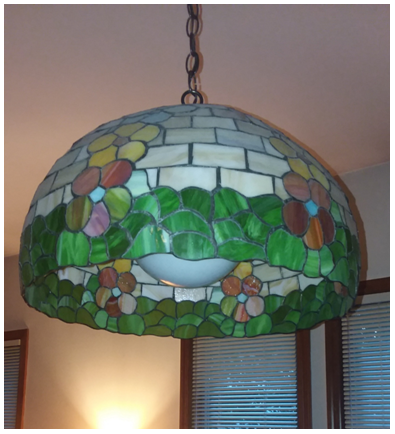



Figure 1 The chandelier with the 100-watt light bulb.
I came into the dining room and tried to turn on the light, but it stayed dark. “Another bulb” I thought, so I put in a fresh bulb and discarded to old one. The light came on again and I thought everything was okay.
The following day, the lamp had gone dark again. It was possible that the new bulb was bad, but it seemed unlikely. I took that new bulb out and measured its filament resistance which came to 9.4 Ω. (Hold that thought.) Clearly the bulb wasn’t burned out, so I put it back in and the lamp lit up again.
In the next few days, the lamp would go dark and then light up all by itself. Sometimes the bulb would go dim a little and then go bright again. Clearly the problem was either in the lamp socket or in-the-wall switch. That also meant I’d thrown away what was probably a perfectly good 100-watt bulb. Since those can’t be bought anymore, I was annoyed.
It then dawned on me that for a 100-watt bulb running on a 120-volt line, that the bulb resistance would have to be (120 volts)² / 100 watts = 144 Ω, but I had measured only 9.4 Ω. I decided to measure some bulbs of other wattages and look at the ratios of the “hot” resistance versus the “cold” resistance (Table 1).

Table 1 The hot resistance versus cold resistance of various bulbs around the house.
Maybe the rest of the world appreciates how different the hot resistance and the cold resistance can be, but these ratios caught this kid by surprise. Worst case peak current surges at the moment of power-on can be very large indeed.
A light socket and its associated wiring getting hit with those peak current surges over and over again over the course of many years can lead to a problem.
That lamp fixture had been in place for thirty-five years and I had changed its bulb many times. Over the course of those changes, the socket tab that touches the bulb tip gradually became deformed so that it was no longer making firm contact to the bulb tip (Figure 2).

Figure 2 A deformed socket tab will cause the bulb tip to make a poor connection with the socket tab.
When electrical contact between the bulb tip and the socket tab wasn’t solid, that juncture would heat up and I do mean to stress that it got very, very hot. When the socket was replaced, the old socket looked like this (Figure 3):

Figure 3 The old heat damaged socket.
Try not to cringe.
From now on, whenever I have to replace that bulb, I intend to sneak a look at the socket itself to check for possible heat damage.
John Dunnis an electronics consultant, and a graduate of The Polytechnic Institute of Brooklyn (BSEE) and of New York University (MSEE).
Related articles:
Preventing deformed light-bulb filamentsIncandescent lamps and service lifeThe LED: incandescent light bulb heir apparentOpinion: Goodbye, incandescent bulb–or maybe not?Hot resistance versus cold resistance由Voice of the EngineerConsumerColumn releasethank you for your recognition of Voice of the Engineer and for our original works As well as the favor of the article, you are very welcome to share it on your personal website or circle of friends, but please indicate the source of the article when reprinting it.“Hot resistance versus cold resistance”

